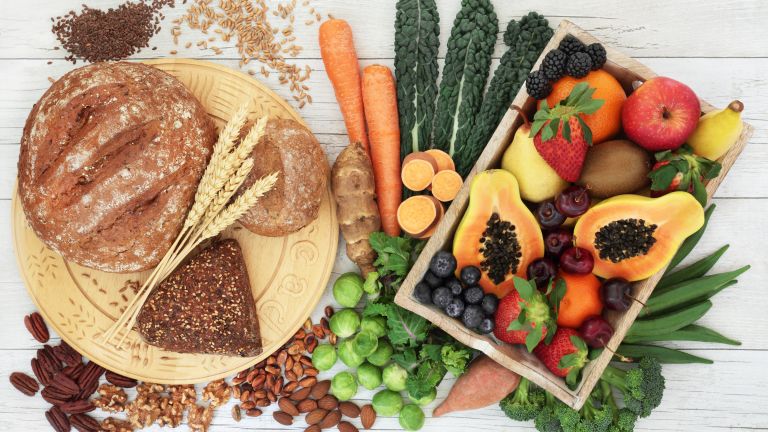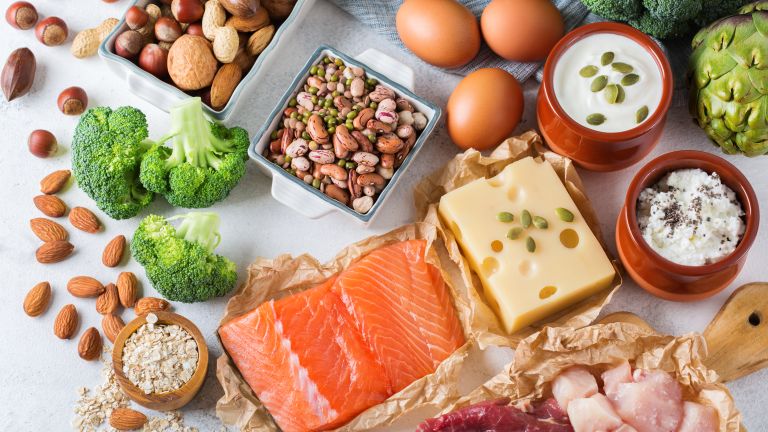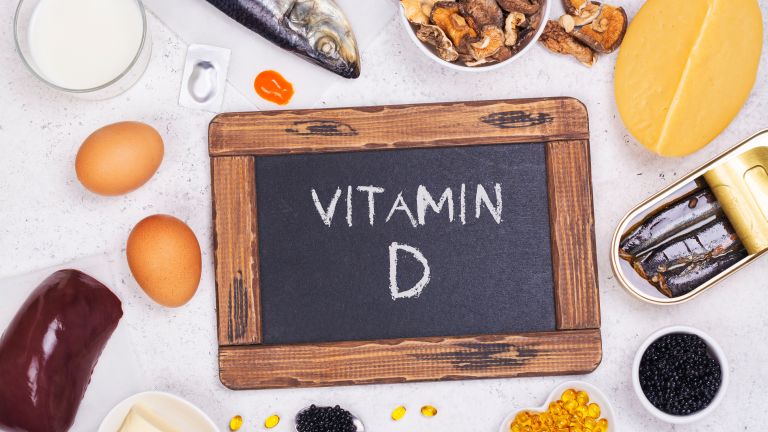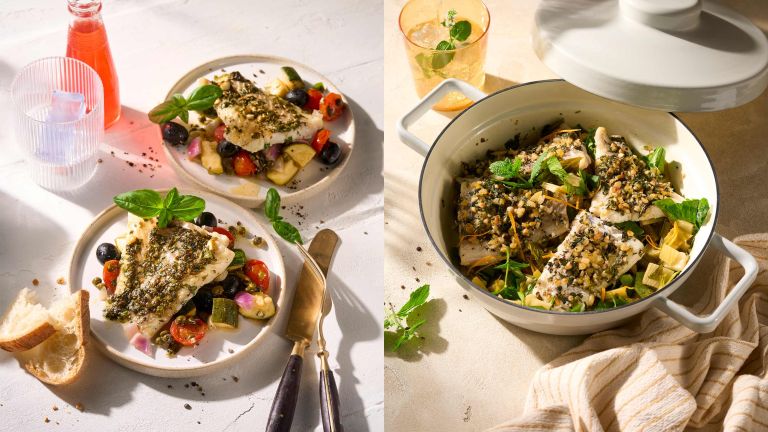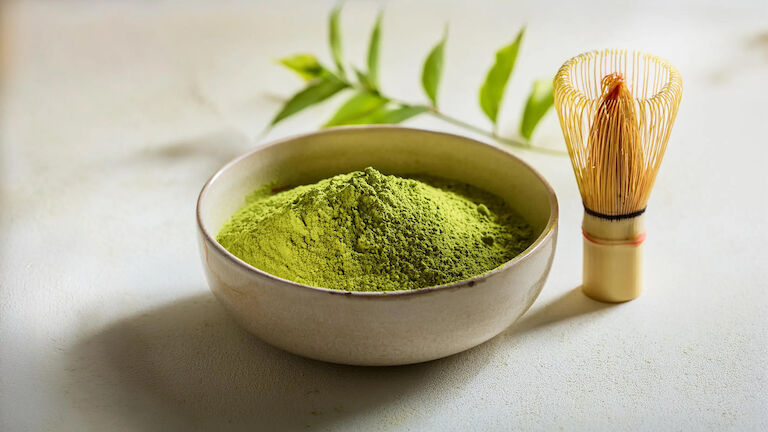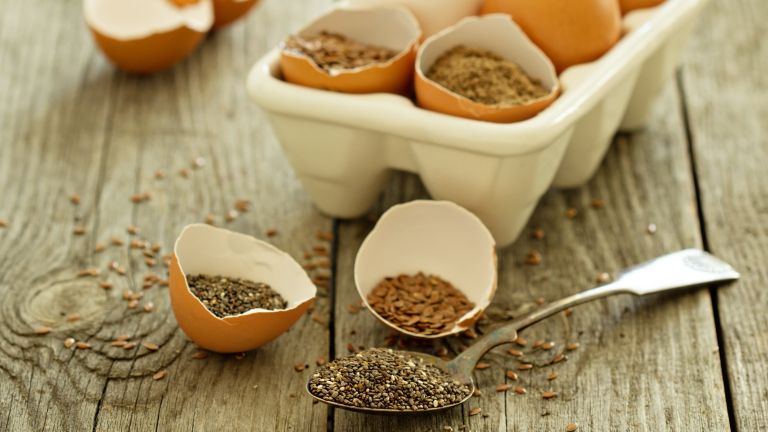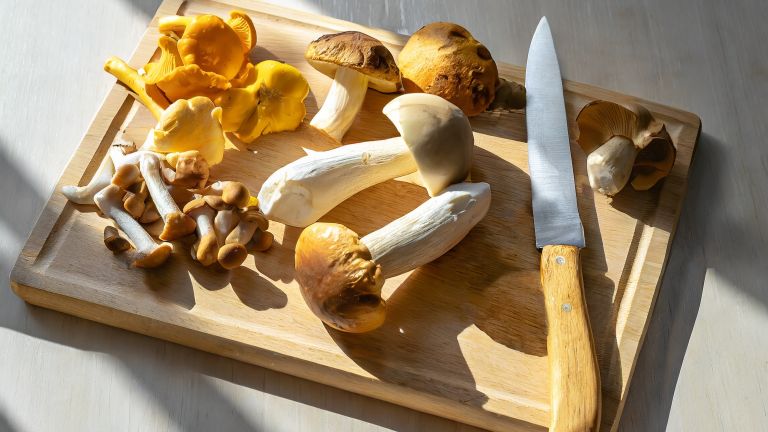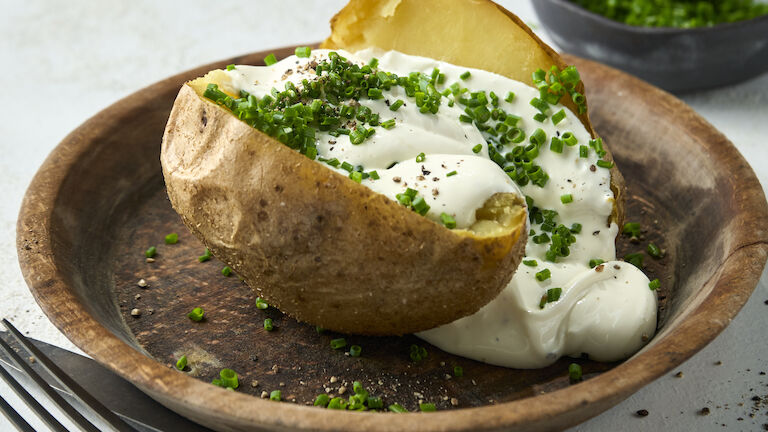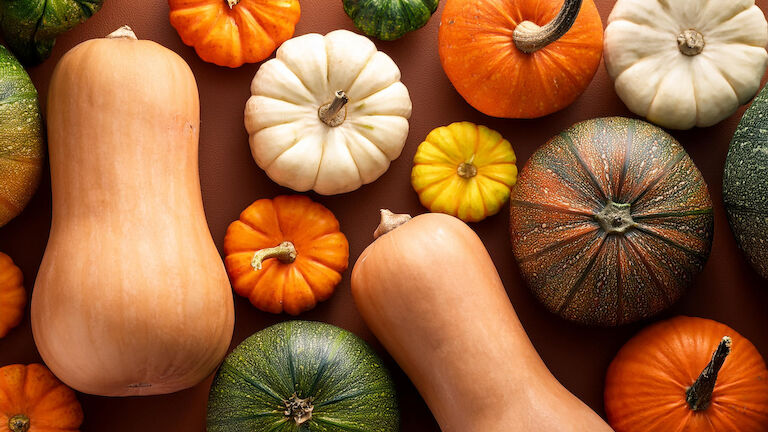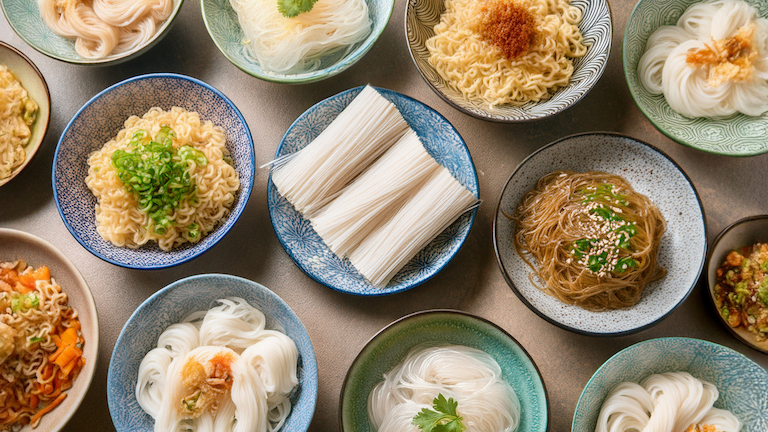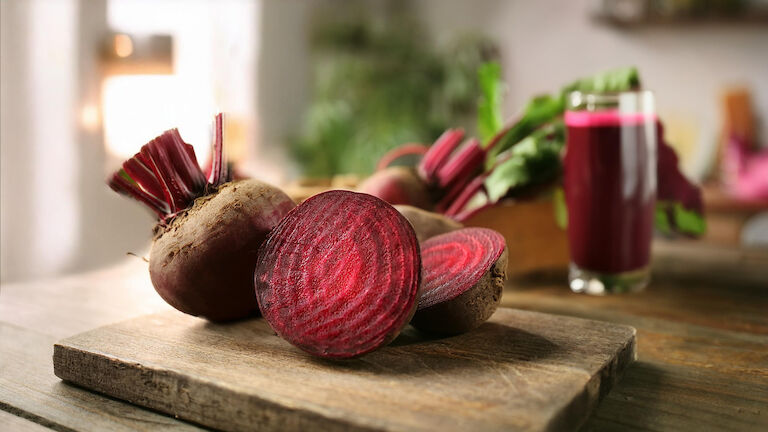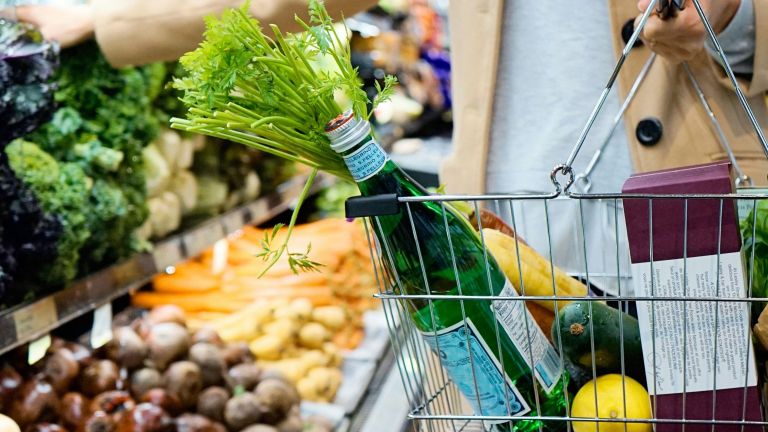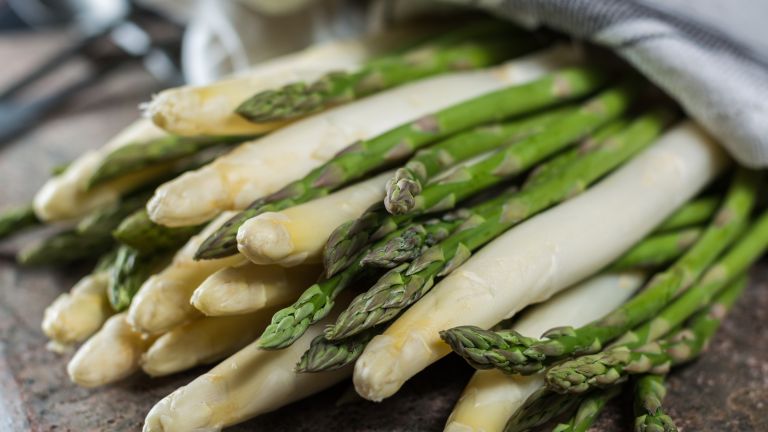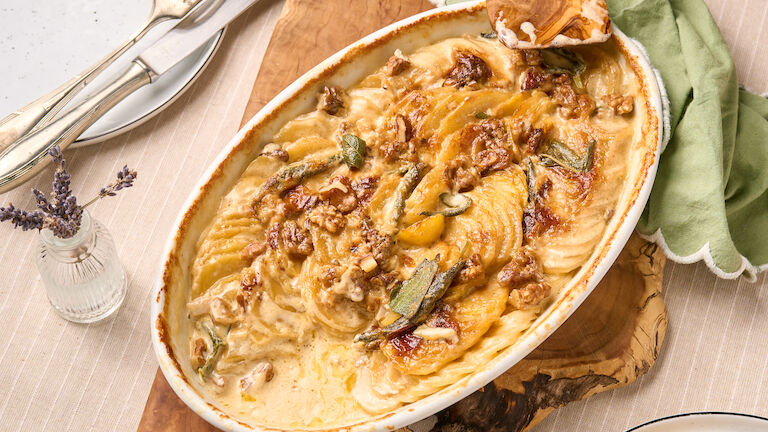Healthy and tasty: Why nuts are a nutritional hit
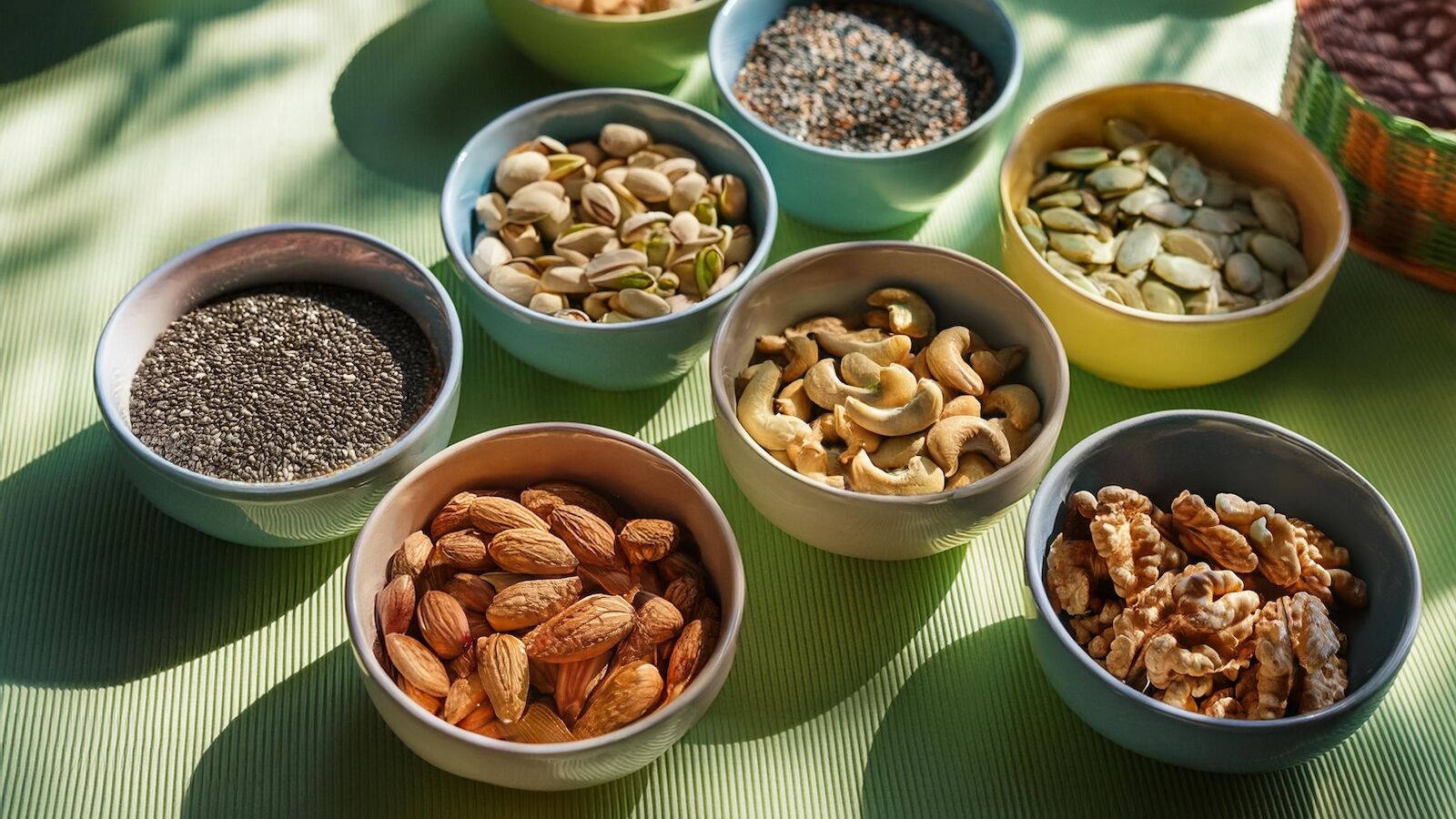
Nuts and seeds are crunchy snacks that have been a staple food for centuries. They are not only delicious and versatile, but also a genuine superfood. Everything you need to know about these tiny powerhouses can be found below.
Whether with breakfast, as a salad topping or as a snack between meals, a handful of nuts and seeds is always – in nutritional terms – the wiser choice. Nuts and seeds are great energy suppliers that contain important nutrients and can even protect us from diseases. It is therefore worth looking more closely at the science behind these tiny powerhouses and their culinary capabilities.
At a glance:
- What are nuts and seeds?
- What’s inside?
- Health benefits
- Preventing diseases with nuts and seeds
- All-rounders in the kitchen
What are nuts and seeds?
Whether botanical, nutritional or culinary – the definition of nuts and seeds varies depending on the classification system.
Botanically speaking, a nut is a dry, single-seeded fruit with a hard shell (e.g. chestnuts and hazelnuts). Seeds, on the other hand, are defined as embryonic plants enclosed in a nutrient-rich coating (e.g. chia seeds, pumpkin seeds and Brazil nuts). From a botanical perspective peanuts are considered legumes, however, as there are several fruits in one pod.
In nutritional terms, some seeds, legumes and stone fruits are also classed as nuts due to having a similar nutrient profile. These include Brazil nuts, pine nuts and peanuts, whereas chestnuts do not count due to their high water and carbohydrate content.
From a culinary perspective, there are no strict boundaries. All edible, oil-bearing seeds in a shell tend to be referred to as nuts. (1)
What can be found in the different nuts and seeds?
Nuts and seeds are true nutrient bombs. They contain beneficial fibre, proteins and healthy fats as well as vitamins and minerals. The following table provides an overview of selected nutrients in different nuts and seeds. All the figures are based on 100 g:
Nuts/seeds | Energy (kcal) | Protein (g) | Monounsaturated fatty acids (g) | Polyunsaturated fatty acids (g) | Fibre (g) | Iron (mg) | Calcium (mg) | Magnesium (mg) | Vitamin E (mg) |
Cashews | 553 | 18.2 | 23.8 | 7.8 | 3.3 | 6.68 | 37 | 280 | 0.9 |
Chia seeds | 486 | 16.5 | 2.3 | 23.7 | 34.4 | 7.72 | 631 | 335 | 0.5 |
Peanuts | 563 | 26.2 | 25.6 | 14.9 | 8.5 | 2.55 | 89 | 171 | 6.65 |
Hemp seeds | 553 | 31.6 | 5.4 | 38.1 | 4 | 7.95 | 70 | 700 | 0.8 |
Hazelnuts | 628 | 15 | 45.7 | 7.92 | 9.7 | 4.7 | 114 | 163 | 15 |
Pumpkin seeds | 559 | 30.2 | 16.2 | 21 | 6 | 8.82 | 46 | 592 | 2.18 |
Linseed | 534 | 18.3 | 7.53 | 28.7 | 27.3 | 5.73 | 255 | 392 | 0.31 |
Macadamia nuts | 718 | 7.91 | 58.9 | 1.5 | 8.6 | 3.69 | 85 | 130 | 0.54 |
Almonds (blanched) | 590 | 21.4 | 33.4 | 12.4 | 9.9 | 3.28 | 236 | 268 | 23.8 |
Almonds (with skin) | 579 | 21.2 | 31.6 | 12.3 | 12.5 | 3.71 | 269 | 270 | 25.6 |
Poppy seeds | 525 | 18 | 6 | 28.6 | 19.5 | 9.76 | 1440 | 347 | 1.77 |
Brazil nuts | 659 | 14.3 | 23.9 | 24.4 | 7.5 | 2.43 | 160 | 376 | 5.65 |
Pine nuts | 673 | 13.7 | 18.8 | 34.1 | 3.7 | 5.53 | 16 | 251 | 9.33 |
Pistachios | 560 | 20.2 | 23.3 | 14.4 | 10.6 | 3.92 | 105 | 121 | 2.86 |
Sesame seeds | 573 | 17.7 | 18.8 | 21.8 | 11.8 | 14.6 | 975 | 351 | 0.25 |
Sunflower seeds | 584 | 20.8 | 18.5 | 23.1 | 8.6 | 5.25 | 78 | 325 | 35.2 |
Walnuts | 654 | 15.2 | 6.13 | 8.93 | 6.7 | 2.91 | 98 | 158 | 0.7 |
Source: US Department of Agriculture, Agricultural Research Service, Beltsville Human Nutrition Research Center. FoodData Central.
Health benefits
Rich in unsaturated fatty acids
The healthy unsaturated fatty acids found in nuts and seeds positively affect the levels of fat in our blood and can thus reduce the risk of cardiovascular diseases. (2) Linseeds, chia seeds, hemp seeds and walnuts, for example, are rich in tri-unsaturated alpha-linolenic acid (omega-3), an essential fatty acid that has an anti-inflammatory effect. (3)
Good source of protein
Nuts and seeds are an excellent source of protein and help cover our daily requirements, especially in vegetarian and vegan diets. Pumpkin seeds, sunflower seeds, hemp seeds, peanuts and almonds are particularly good sources of protein.
Rich in fibre
Eating nuts and seeds is also a great way to achieve the recommended daily amount of dietary fibre of 30 g. (4) Chia seeds, linseeds and poppy seeds are especially rich in fibre. Aside from the positive effects on the gastrointestinal tract, increased dietary fibre intake can reduce the risk of diseases such as obesity, coronary heart disease and cancer. (5)
Vitamins and minerals
Nuts and seeds are rich in vitamins and minerals such as iron, calcium, magnesium and vitamin E.
Iron is required by the body for many important metabolic functions: for example, it is primarily involved in transporting oxygen, serves to generate energy and provides protection in inflammatory reactions. Especially for women who are menstruating, pregnant or breastfeeding and have an increased iron requirement, additional iron can be obtained from nuts and seeds. It is important to remember, however, that vegetables contain only non-heme iron, which is not absorbed as readily by the body as heme iron from animal products. (6)
Good to know! Iron absorption can be improved by taking vitamin C. It is therefore worth drinking a freshly squeezed orange juice with your morning muesli.
In terms of quantity, calcium is the most important mineral in the body. We need calcium for strong bones and teeth, as well as for blood clotting and supporting the activity of each individual cell. Milk and dairy products are particularly good for achieving the recommended daily intake for adults of 1,000 mg. (7) But nuts and seeds are also rich in calcium and therefore a good choice, especially in a vegan diet.
Magnesium regulates various biochemical reactions and cellular functions. Consequently, magnesium interacts with other minerals, such as calcium and potassium. Insufficient magnesium can thus result in a deficiency of other minerals. (8) Nuts and seeds can help prevent this, as they are very good sources of magnesium. Other highly suitable sources to this end are hemp seeds, linseeds, pumpkin seeds, sunflower seeds, almonds, cashews and many more.
Vitamin E is a fat-soluble vitamin that protects, among other things, the unsaturated fatty acids in the body, prevents cell damage, and ensures the stability of cell membranes. (9) Almonds, hazelnuts, sunflower seeds and pine nuts are particularly good for achieving the recommended daily intake.
Preventing diseases with nuts and seeds
Nuts and seeds are not only full of valuable nutrients but can also reduce the risk of certain diseases. Most studies refer to the consumption of nuts, but seeds are highly likely to offer the same positive effects given that their nutrient profile is similar. (1)
Cardiovascular diseases
Numerous studies have shown that regularly eating nuts and seeds can reduce the risk of cardiovascular diseases. (10, 11, 12) A positive effect is achieved with just 15 to 20 g of nuts per day, though most studies refer to about 28 g. That’s about a handful. It is not clear whether eating more can reduce the risk further. In terms of strokes and atrial fibrillation, nuts are likely to have positive effects. This must be further investigated, however, as should the influence on heart defects and peripheral arterial occlusive disease. (12)
The European Food Safety Authority (EFSA) has published a scientific opinion to support the health claims relating to walnuts. Walnuts have been shown to improve endothelium-dependent vasodilation, i.e. widening the blood vessels and thus improving blood flow. To benefit from this positive effect, 30 g of walnuts per day is the recommendation from the EFSA. (13)
Cancer
Compared to eating few nuts, a diet containing lots of nuts (about 28 g per day) is shown to be linked to a lower cancer-related mortality rate. (1, 10) The reason for this is probably the slightly positive change in inflammatory markers from the increased nut intake. (11)
Type 2 diabetes
The study results on the relationship between a high nut intake and the risk of developing type 2 diabetes are not entirely conclusive. While some studies have found a positive effect, others have not. This inconsistency is possibly due to the lack of consideration of the body mass index (BMI) in some studies. However, the BMI is one of the major risk factors for type 2 diabetes. Studies that did not consider the BMI found a weaker correlation between a high nut intake and the onset of diabetes. Half of the meta-analyses examined indicate that nuts have slightly positive effects on body weight and fat mass. (11)
Nuts and seeds are not only full of valuable nutrients but can also reduce the risk of certain diseases. Most studies refer to the consumption of nuts, but seeds are highly likely to offer the same positive effects given that their nutrient profile is similar. (1)
Nuts and seeds in cuisine
Nuts and seeds are integral to a healthy and balanced diet, and there are many ways to include these energy suppliers in our diets:
As a snack
A handful of nuts or seeds is the perfect snack in between meals. While supplying energy, they are also filling and help prevent unhealthy snacking. If you find nuts or seeds too dull on their own, then you can also try nut or seed bars. But watch out! Many ready-made bars contain added sugar. I would suggest you simply make your own. Our favourite BetterFood recipe makes this possible even without baking. These energy bars can be kept in the refrigerator for up to two weeks.
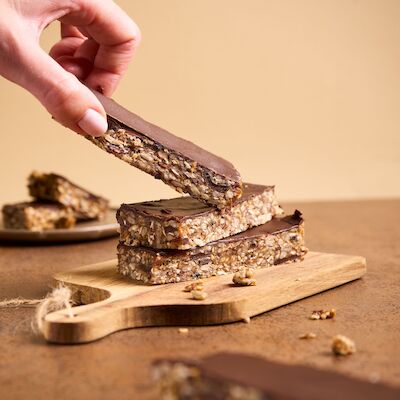
Date bars with seeds & dark chocolate >>
In salads
To give your salad more bite and flavour, just sprinkle over a handful of roasted nuts or seeds. Walnuts are an excellent addition to fruity salads and, above all, are a great accompaniment to soft cheeses such as goat’s cheese, Gorgonzola or Feta.
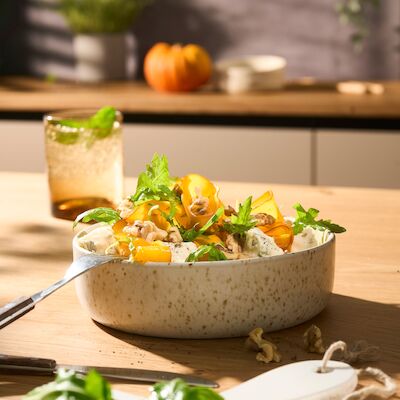
Low-Carb-Salad with Hokkaido pumpkin & gorgonzola >>
In cereals or yoghurt
Get a healthy start to your day by adding nutritious nuts and seeds to your breakfast. Combined with yoghurt or a homemade muesli, your breakfast will not only taste great but will also give you plenty of good energy for the day. With our granola recipes, you can even save on sugar compared to conventional cereals and get creative yourself when combining the individual building blocks.
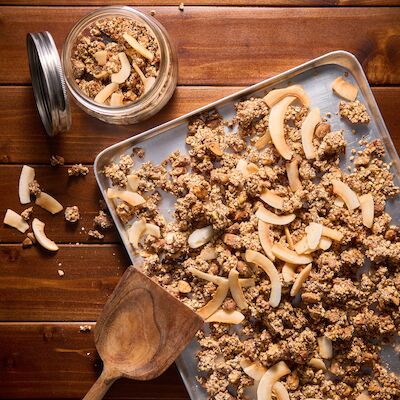
Sugar-free granola with coconut >>
In baking
Nuts and seeds lend baked goods such as bread, cakes and biscuits a satisfying texture and valuable nutrients. Unfortunately, nut and seed breads without unwanted additives can be quite expensive. But you can easily make them yourself. We can show you how:
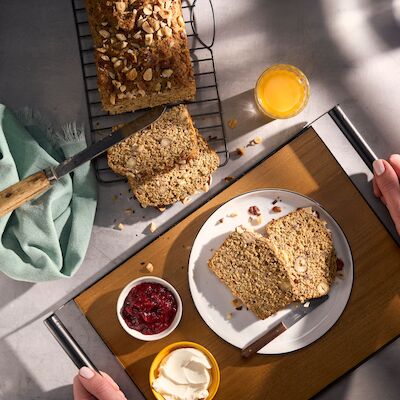
Low-carb bread with hazelnuts >>
In savoury dishes
Nuts and seeds can be used to enhance a hearty dish. Pesto made from pine nuts, summer rolls with peanut dip, or curry with cashew nuts – the possibilities are almost endless.

Vindaloo curry with chicken >>
Sources:
(1) “Perspective: Is it Time to Expand Research on ‘Nuts’ to Include ‘Seeds’? Justifications and Key Considerations” von George ES, Daly RM, Tey SL, Brown R, Wong THT, Tan SY. Adv Nutr. 2022 Aug 1;13(4):1016-1027.
(2) BMEL: „Gutes Essen, No. 5“, (April 2021)
(3) „Fette und Öle: Grundlagenwissen und praktische Verwendung“ von Bertrand Matthäus (Ernährungs Umschau 3/2012)
(4) DGE: „REFERENZWERT. Ballaststoffe“
(5) “Ballaststoffe. Grundlagen – präventives Potenzial – Empfehlungen für die Lebensmittelauswahl” von Petra Schulze-Lohmann (Ernährungs Umschau 7/2012)
(6) https://www.dge.de/gesunde-ernaehrung/faq/eisen/#c6635
(7) https://www.dge.de/gesunde-ernaehrung/faq/calcium/#c3101
(8) https://www.dge.de/gesunde-ernaehrung/faq/ausgewaehlte-fragen-und-antworten-zu-magnesium/#c3594
(9) https://www.dge.de/wissenschaft/referenzwerte/vitamin-e/
(10) “Nuts and seeds - a scoping review for Nordic Nutrition Recommendations 2023” von Fadnes LT, Balakrishna R. Food Nutr Res. 2024 Feb 7;68. doi: 10.29219/fnr.v68.10483.
(11) “Consumption of Nuts and Seeds and Health Outcomes Including Cardiovascular Disease, Diabetes and Metabolic Disease, Cancer, and Mortality: An Umbrella Review.” von Balakrishna R, Bjørnerud T, Bemanian M, Aune D, Fadnes LT. Adv Nutr. 2022 Dec 22;13(6):2136-2148.
(12) “Nuts and Cardiovascular Disease Outcomes: A Review of the Evidence and Future Directions” von Glenn AJ, Aune D, Freisling H, Mohammadifard N, Kendall CWC, Salas-Salvadó J, Jenkins DJA, Hu FB, Sievenpiper JL (Nutrients. 2023 Feb 11;15(4):911)
(13) “Scientific Opinion on the substantiation of health claims related to walnuts and maintenance of normal blood LDL‐cholesterol concentrations (ID 1156, 1158) and improvement of endot” hg. v. EFSA Panel on Dietetic Products, Nutrition and Allergies (NDA). (2011)
Images: © Shutterstock.com, Robert Bosch Hausgeräte GmbH





